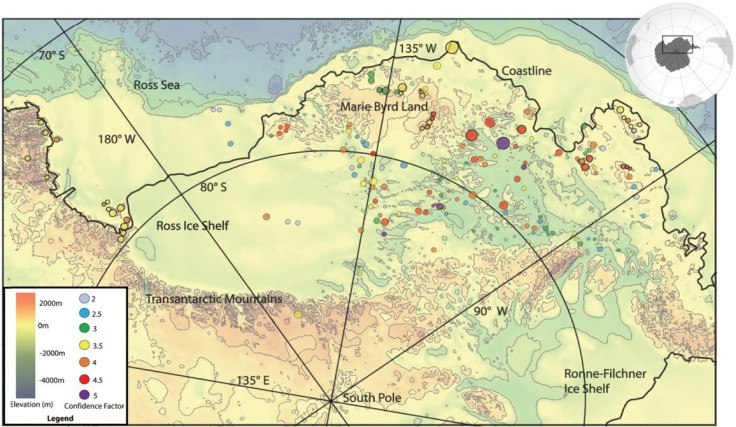Lost Resurrection Tectonic Plate Found In Northern Canada, New Study Claims [Video]
KEY POINTS
- Only 2 tectonic plates were identified by previous studies
- A new study aims to prove that a third plate exists
- Scientists aim to represent a new model of the three plates together
The long-debated Resurrection tectonic plate could be found in northern Canada if the new modeling of the tectonic plates in the Pacific Ocean during the early Cenozoic Era stands true.
Geologists have long been arguing about Resurrection tectonic plate. Some argued that it was never real. Others opined it just moved sideways before eventually submerging into the Earth’s mantle and settled somewhere in the Pacific Margin where it stayed hidden between 40 and 60 million years ago.
Previously, only two tectonic plates were validated - Kula and Farallon. Now, a study published in the Geological Society of America Bulletin presents a new model where Resurrection existed and would have been responsible for the volcanic belt along Alaska and Washington State.
To arrive at their conclusion, the team of scientists from the University of Houston (UH) reconstructed the original position of tectonic plates in the Pacific Ocean during the early Cenozoic Era. They used the tomography images of the Earth’s interior at the time.
Working on the argument that Resurrection was submerged in the Pacific Margin, the team then used a 3D mapping technology and pulled out the submerged plates. They flattened the plates out and shaped them into how the area was supposed to look with Resurrection is included.
“When ‘raised’ back to the earth’s surface and reconstructed, the boundaries of this ancient Resurrection tectonic plate match well with the ancient volcanic belts in Washington State and Alaska, providing a much sought after the link between the old Pacific Ocean and the North American geologic record,” Jonny Wu, study co-author and assistant professor of geology in the Department of Earth and Atmospheric Sciences at UH, said in a press release.
The study will be significant at present because it could serve as a basis for geologists who are tasked to predict volcanic hazards and find mineral and hydrocarbon deposits.
“Volcanoes form at plate boundaries, and the more plates you have, the more volcanoes you have,” Wu explained in the same press release.
Overall, their findings will contribute to a better understanding of climate change. Wu explained that volcanoes have a direct impact on how climate change unfolds. For instance, the number of volcanoes could reveal how climate change has altered a specific region.

© Copyright IBTimes 2025. All rights reserved.





















